June 2023
After five years of construction, the new Bocksheideweg pumping station in Hamm went into operation. On June 15, 2023, it was officially commissioned by Professor Dr. Ulrich Paetzel, Chairman of the Board of the Emschergenossenschaft and the Lippeverbands, and Dr. Frank Obenaus, Technical Director of the Lippeverbands, and the Lord Mayor of Hamm Martin Herter. The high-performance pumps now transport rainwater and wastewater separately from a depth of eight meters. The plant has a number of special features: it is pedestrian-free and is monitored from outside. With the commissioning of the pumping station, the Heringer Bach and the Hoppeibach have become free of wastewater. The wastewater will be discharged underground in channels and the open wastewater concrete shells will be removed in the future in order to bring about an ecological improvement of the brooks. The pumping station is the final component of a 70 million euro project consisting of new underground sewers, two additional pumping stations and four stormwater treatment plants. The Lippeverband commissioned DAHLEM with the object planning, structural design, technical equipment as well as process engineering in all work phases including construction supervision for the pumping station.




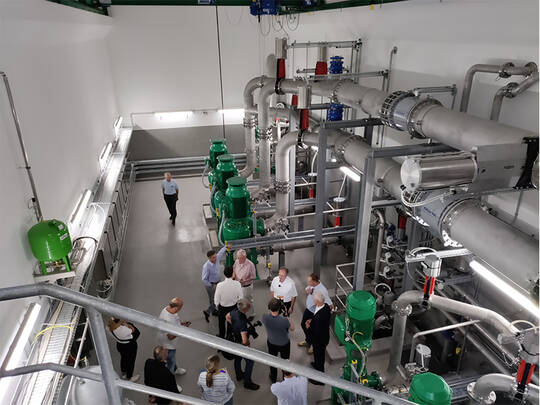
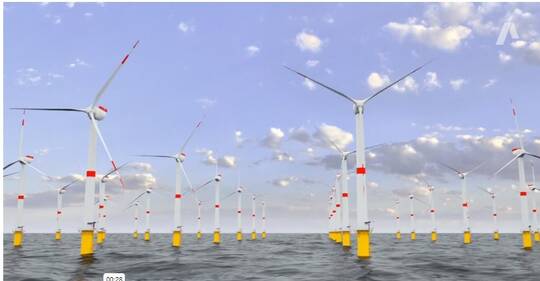
![[Translate to Englisch:] [Translate to Englisch:]](/fileadmin/_processed_/c/2/csm_2023_Folder_BIM2WATER_799faf6466.jpg)
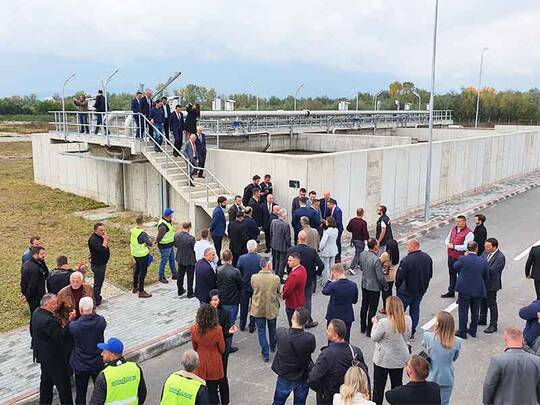

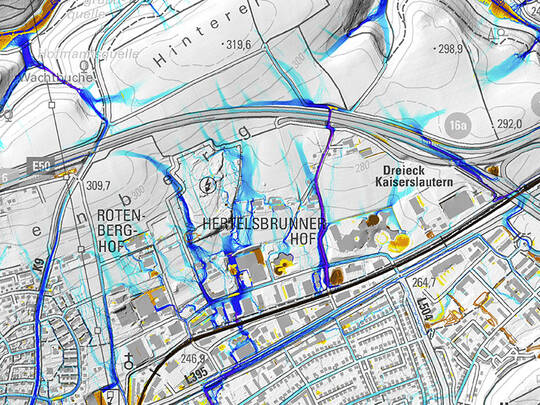
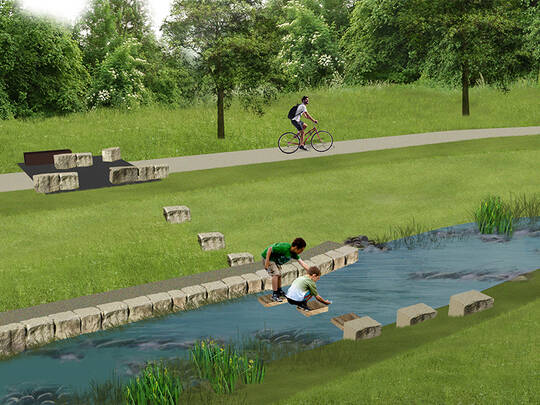
![[Translate to Englisch:] [Translate to Englisch:]](/fileadmin/_processed_/e/c/csm_Newsslider_KA_Peja_Nachtaufnahme_2_bbe2516799.jpg)

